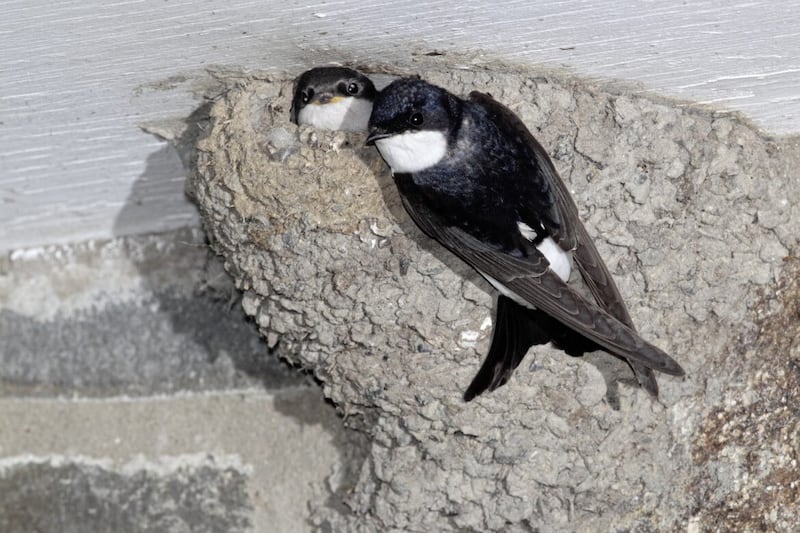LENT, which began on Wednesday March 2, is a time for fasting and abstinence in many Christian Churches and is especially practised by Catholics, who over the centuries were required by Church law to abstain from eating meat on Fridays throughout the year and on Ash Wednesday.
Fasting - a restriction of the quantity of food we eat - is generally confined now to Ash Wednesday again, and Good Friday, although it seems that in early Christian Ireland, fasting occurred on both Wednesdays and Fridays all year.
This got me thinking recently of the Irish words for some of our weekdays, which must surely stretch way back to the early days of fasting observance.
'Aoine', an old name for fasting, is common to three days. Dé Céadaoin, Wednesday, means the first fast day, while Dé hAoine for Friday is the 'main' fast day, Jesus having died on a Friday and finally Déardaoin (idir-dhá-aoine) for Thursday, translates as the day between the two fast days.
A curious association with Lenten abstinence involves the barnacle goose, soon to migrate north back to its breeding grounds in Greenland.
This small white-faced goose with black neck, dark grey barred upper parts, and white belly, winters here on the grassy fields and mudflats of coastal regions.
Important sites include the Inishkea Islands off Co Mayo, and along the Sligo coastline, with significant populations also found on our northern coast and around Strangford Lough.
Lack of knowledge on bird migration in ancient times led to strange and misguided accounts of the breeding habits of the bird.
Various records exist of the myth around young barnacle geese fledging from goose necked barnacles attached to sea driftwood.
Gerald of Wales wrote of this transformation in his Topographia Hibernica (around 1188), an account of the topography of Ireland and its flora and fauna.
As the geese were never seen in summer, many people developed theories on how they bred. Gerald wrote in his manuscript: "...there are many birds called barnacles (bernacae)... nature produces them in a marvellous way for they are born at first in gum-like form from fir-wood adrift in the sea.
"Then they cling by their beaks like sea-wood, sticking to wood, enclosed in shell-fish shells for freer development. In the process of time dressed in a firm clothing of feathers, they either fall into the waters or fly off into freedom of the air.
"They receive food and increase from a woody and watery juice. I have seen them with my own eyes, more than a thousand of these tiny little bodies, hanging from a piece of wood on the seashore when enclosed in their shells and fully formed.
"Eggs are not produced from these birds as is usual, no bird ever incubates an egg for their production and in no corner of the earth have they been seen to build a nest.
"Hence in some parts of Ireland bishops and men of religion make no scruple of eating these birds on fasting days as not being flesh or born of flesh."
This reveals why barnacle geese, 'fish like' and growing from wood, could therefore be eaten on days of fast and abstinence during Lent.
The practice was permitted until 1215, when Pope Innocent III prohibited such eating of the bird, claiming that, "although not generated in the ordinary way, they live and feed like ducks, and cannot therefore be regarded as differing in nature from other birds... (such as ducks)".
The myth is explained by looking at an image of the filter-feeding crustaceans which resemble the face, head and neck of the barnacle goose.








